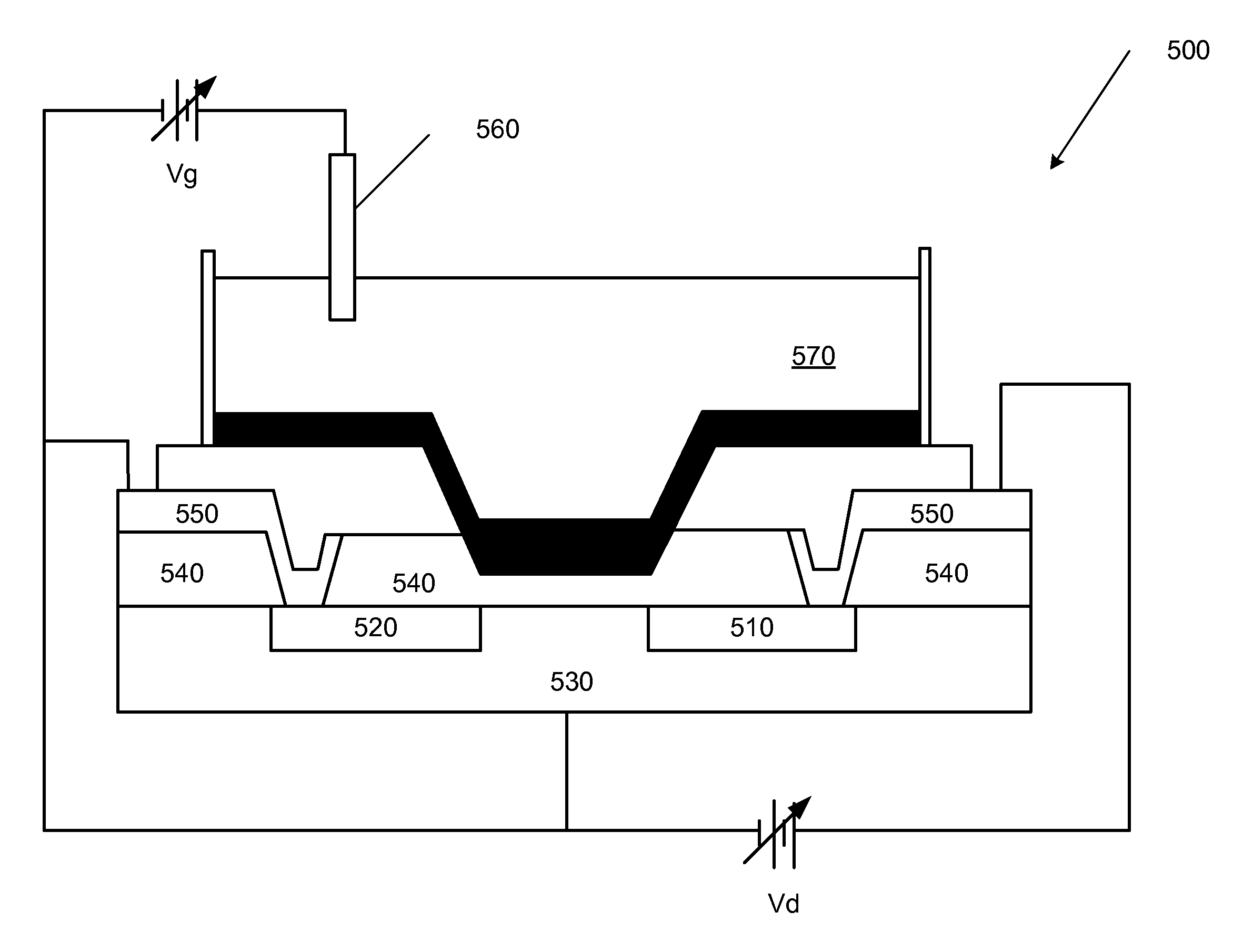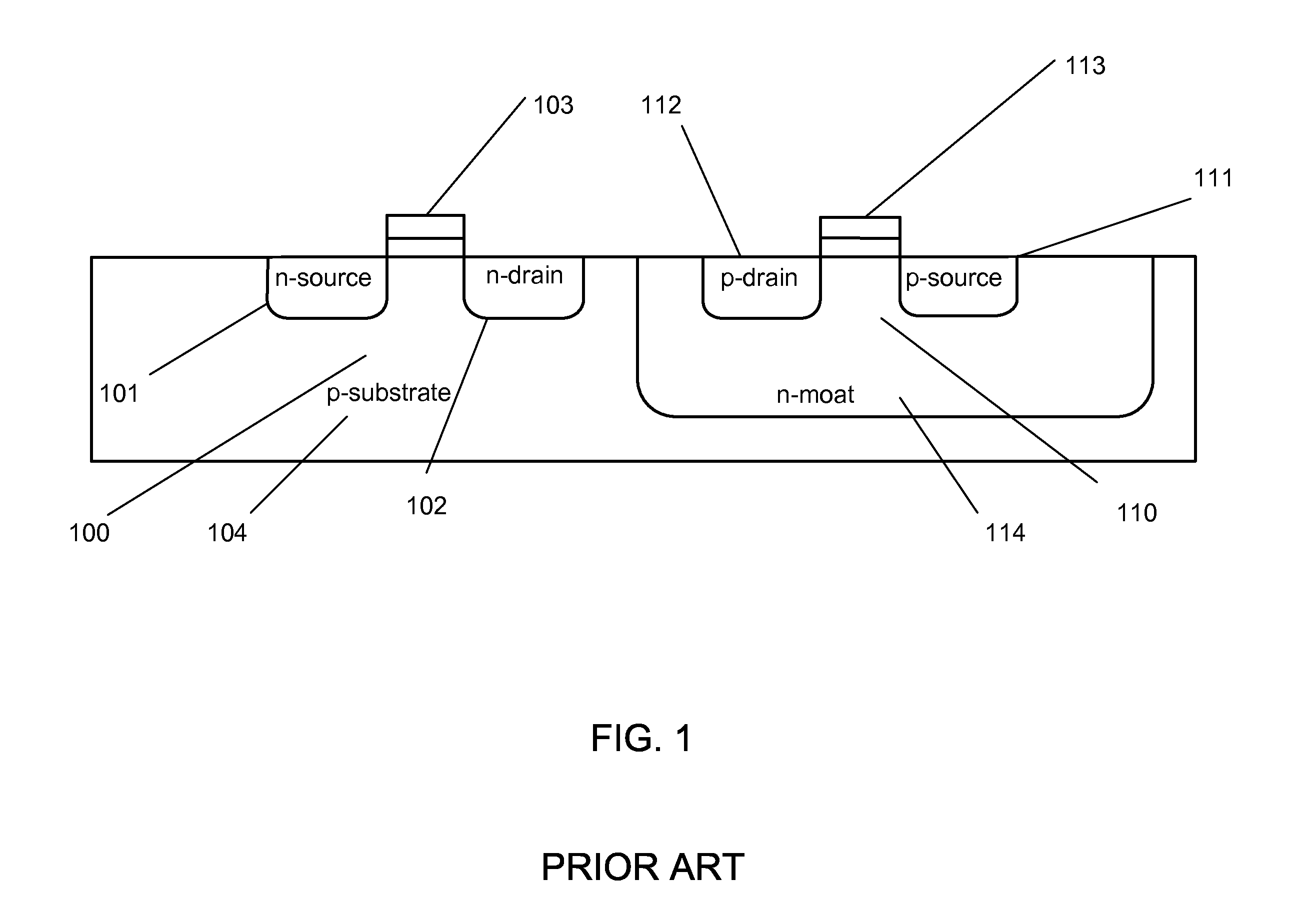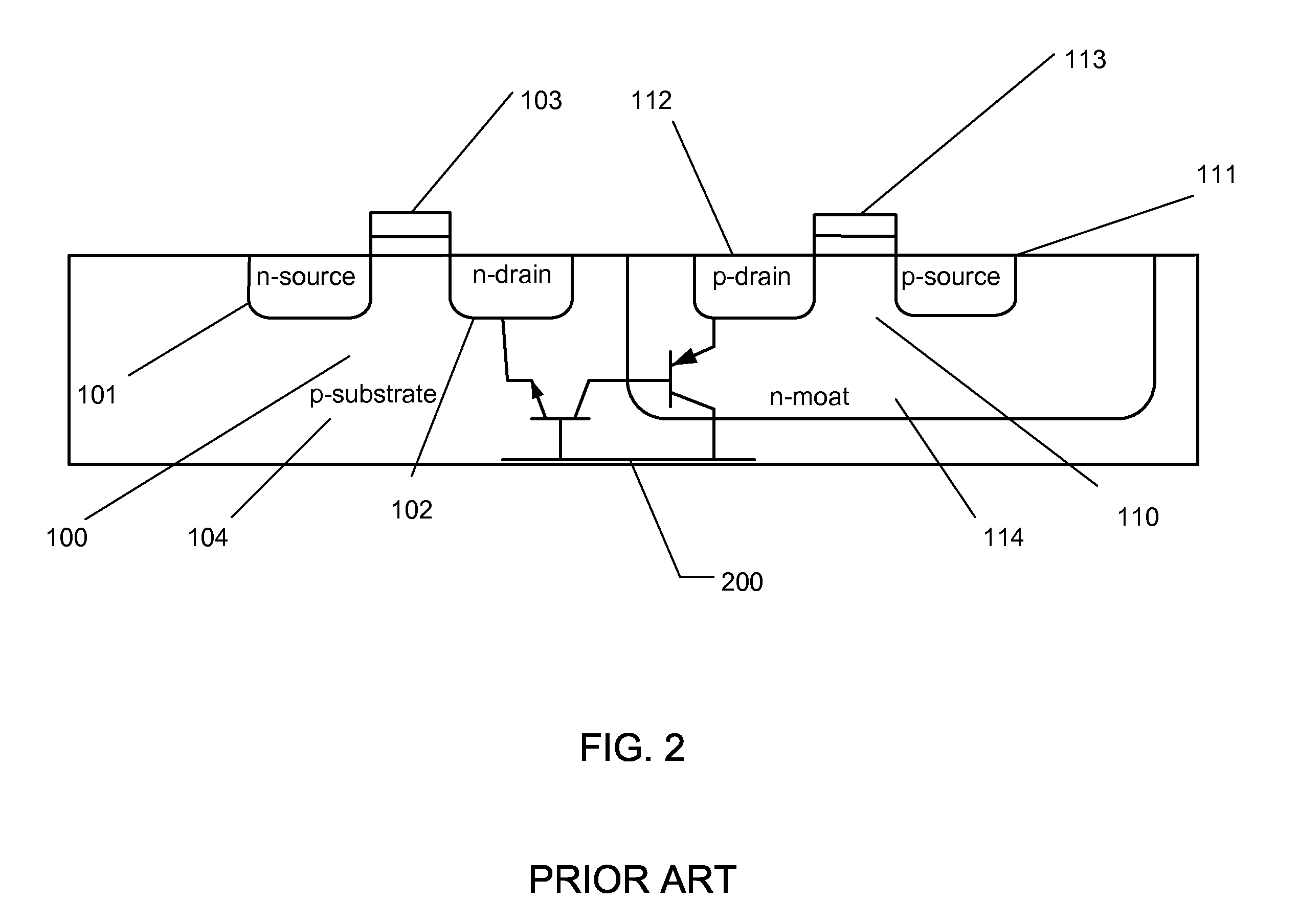Gamma and temperature hardened pharmaceutical devices
a technology of electronic devices and pharmaceutical devices, applied in the field of electronic devices in pharmaceutical devices, can solve the problems of insufficiently addressed areas, embedded electronics and rfid tags cannot be employed in environments that require or utilize radiation, and the majority of electronic devices, and particularly memory storage devices, cannot withstand radiation
- Summary
- Abstract
- Description
- Claims
- Application Information
AI Technical Summary
Benefits of technology
Problems solved by technology
Method used
Image
Examples
third embodiment
[0034]A third subcomponent of a sensor may be an analog to digital converter 430. Typically, the sensor head 410 produces an analog output, as a voltage, current or resistance. This output may need to be converted to a digital value. This is typically accomplished through the use of an analog to digital converter 430. This analog to digital converter 430 may receive the output of the signal processing unit 420. Alternatively, it may receive the output of the sensor head 410 and supply a digital value to the signal processing unit 420. In a third embodiment, the analog to digital converter 430 is located within the signal processing unit 420 and converts the signal after unit has been partially processing by the signal processing unit 420.
[0035]A fourth subcomponent is a transmitter 440. In some embodiments, the transmitter 440 is simply a wire, which connects the sensor components to an external reader. In other embodiments, the transmitter 440 may be wireless. A wireless transmitte...
second embodiment
[0045]In a second embodiment, the sensor head and sensor body are incorporated into a single self-contained component. This self-contained sensor includes the previously described sensor head. As described above, it also includes a power conversion / generation circuit, which generates power for the device, preferably from radiated electromagnetic fields. The sensor also includes the circuitry necessary to convert the analog output from the sensor head into a digital value, the logic required to convert that value to an appropriate computer usable result, and a transmitter to deliver that result, preferably wirelessly to an external device. If all of these components are manufactured using SOI, the entire sensor can be sterilized without fear of damage or degradation.
[0046]As mentioned above, electronic devices using SOI technology can withstand gamma or beta radiation. To increase the amount of radiation that the electronic device can withstand, it may be possible to change the orien...
PUM
 Login to View More
Login to View More Abstract
Description
Claims
Application Information
 Login to View More
Login to View More - R&D
- Intellectual Property
- Life Sciences
- Materials
- Tech Scout
- Unparalleled Data Quality
- Higher Quality Content
- 60% Fewer Hallucinations
Browse by: Latest US Patents, China's latest patents, Technical Efficacy Thesaurus, Application Domain, Technology Topic, Popular Technical Reports.
© 2025 PatSnap. All rights reserved.Legal|Privacy policy|Modern Slavery Act Transparency Statement|Sitemap|About US| Contact US: help@patsnap.com



